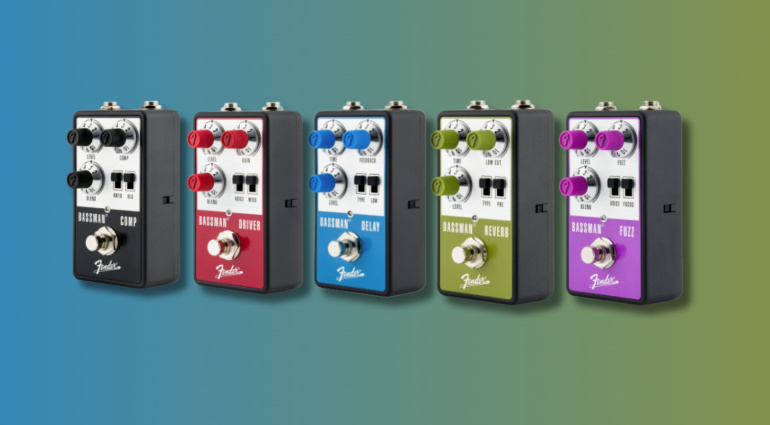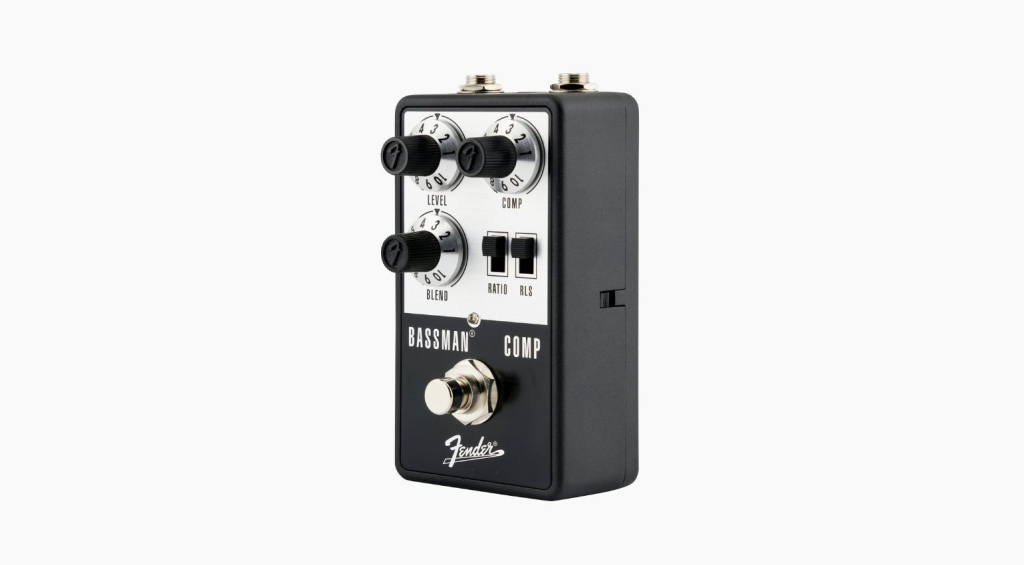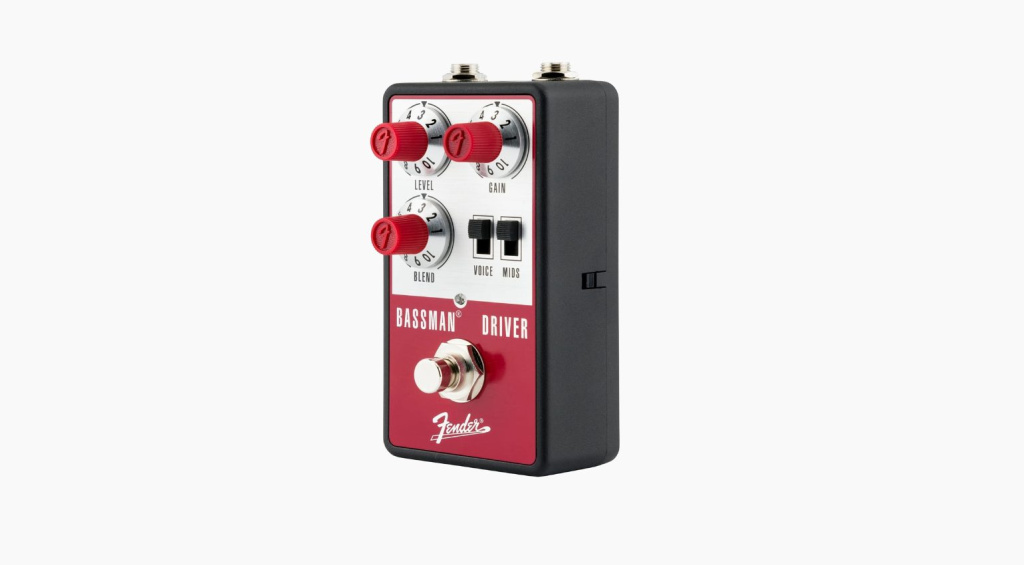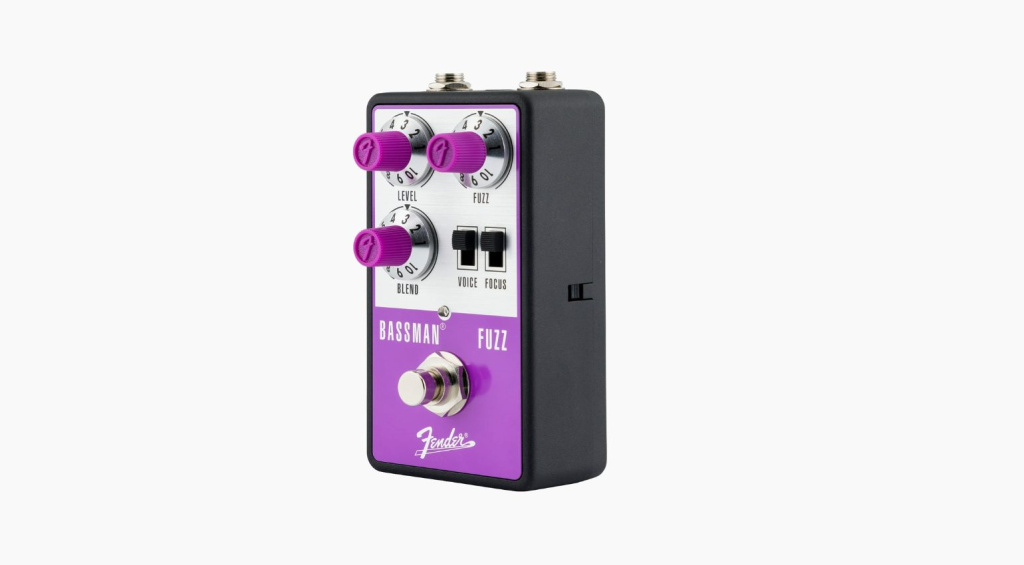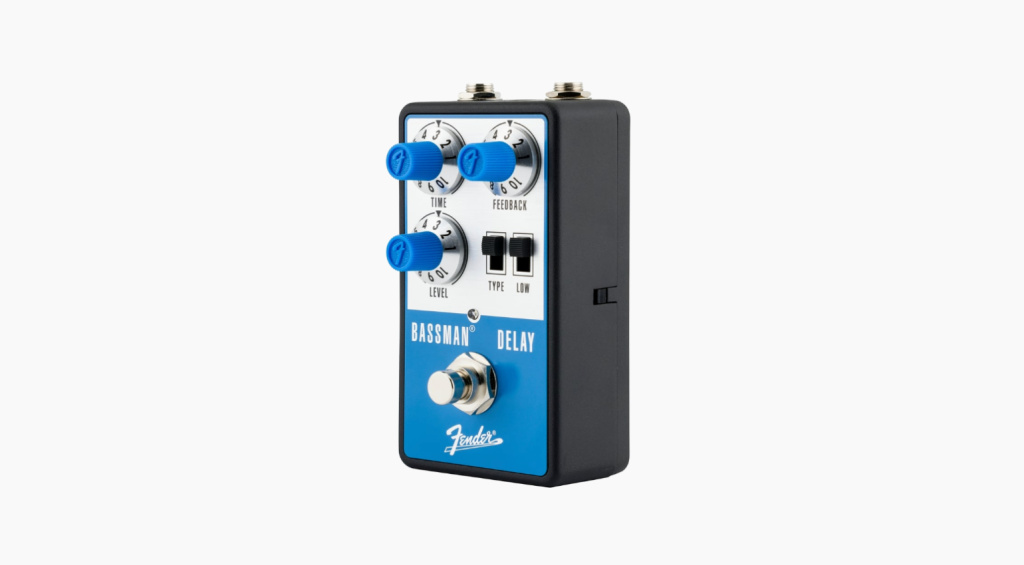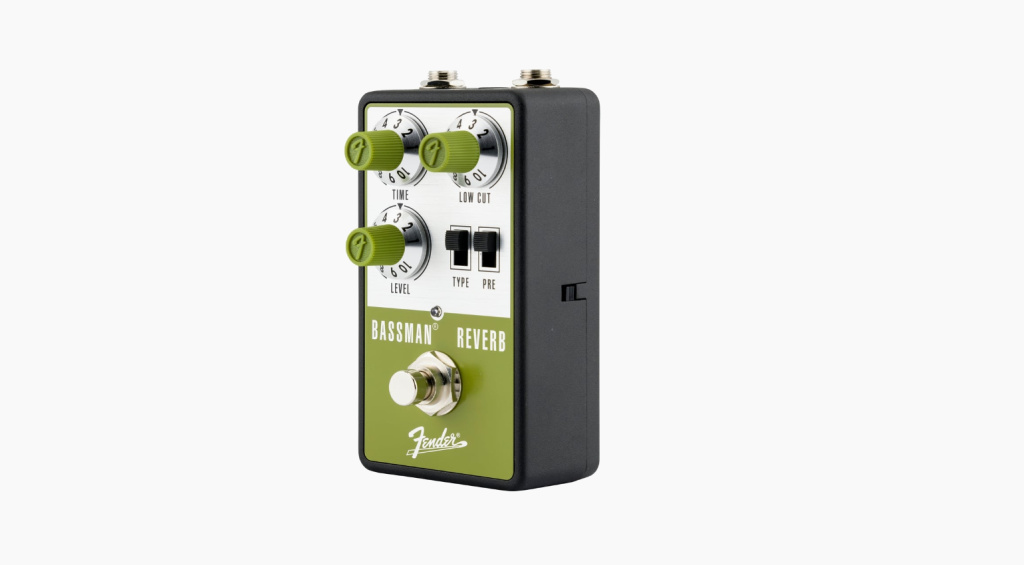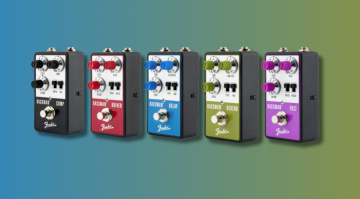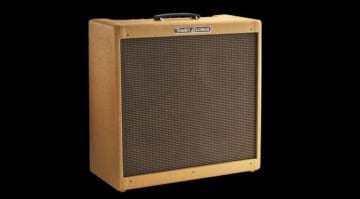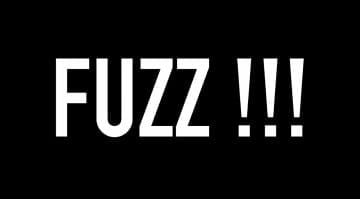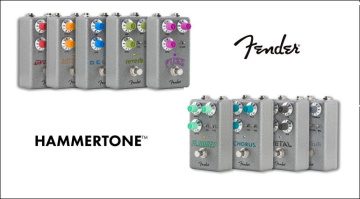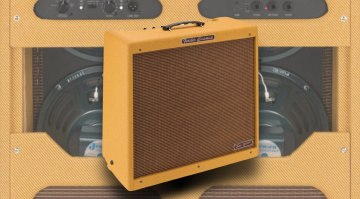Fender Bassman Pedals: Five Affordable Bass Effects
The Fender Bassman Pedals are now available and are aimed at bass players. They are part of the significant announcement of new products, including the Telepath, Tone Master Bassman, Squier Paranormal, Squier Affinity, and Fender American Performer Timber releases. The new range features affordable stompboxes that cover Drive, Compressor, Fuzz, Delay and Reverb.
Fender Bassman pedals: Value For Money?
All five pedals are simple: three controls, two slide switches, and footswitches. Along with a side mounted pad switch to suit active basses.
Each pedal has a different effect, and the controls and switches have various functions depending on which one you are using. In addition, the input and output of all pedals are pedalboard-friendly at the top of the unit. So far, so good.
They could be compared to the JHS 3 Series or the Walrus Audio Fundamental range of affordable effects. Just they are all designed for bass guitars.
Bassman Compressor
The Fender Bassman Compressor has controls for Level, which determines the output level; Comp determines how much your signal is compressed, and Blend allows parallel compression. This is how you thicken your bass signal but can continue to play dynamically.
The ratio switch alternates between gentle compression and the RLS switch between short, crisp, and slow release.
Bassman Driver
On the other hand, the Bassman Driver is a bass preamp, perhaps comparable to Plumes from EarthQuaker Devices. With this JFET PreAmp, you get two different voicings for different tastes. A Cab sim is integrated, so your output signal can go directly into the PA.
Level, as with the compressor above, determines the output level. Users can use Gain to set the input level and level of the distortion. You can also mix the signal with the dry bass signal via Blend.
Bassman Fuzz
Next is the Bassman Fuzz, which, as the name suggests, is more fuzz/distortion in nature. It scratches and fuzzes, depending on how much you turn up the Fuzz control. Via the Focus switch, users can switch between three frequency ranges: mids and highs or only highs.
The Voice switch chooses between vintage fuzz and a touch-sensitive modern alternative. Users can also add the fuzz to the dry signal via the Blend control.
Bassman Delay
Next up is the Bassman Delay, which adds some echo to your basslines. It may be one for more experimental bass players. It uses DSP algorithms to create the delay and, therefore, costs more than the other pedals in the series.
This one has controls for Time, Level, and Feedback, a Low Cut switch, and a switch for choosing analogue or digital voiced delays. It also has the option for soft-touch switchable true or buffered bypass with trails.
Bassman Reverb
Finally, the Bassman Reverb offers a reverb effect for the bass. I’m not sure how many bassists will want reverb as an effect, but I am guessing some will use it. Again, this one is DSP-based and costs more than the rest.
It comes with Time, Level, Low Cut, Type and Pre-Delay controls. This one has a soft-touch switchable true or buffered bypass with trails.
The circuits include an internal damp control which adjusts the high-frequency content of the reverb signal, so I think that could be useful for many signals.
I’d be sorely tempted to try this one and the delay above on synths, as they are designed to handle low-end, which synths can push out in abundance. I’m not sure how useful it will be for bass players.
The new Fender Bassman Driver, Compressor, Fuzz, Delay and Reverb are available now at Thomann.



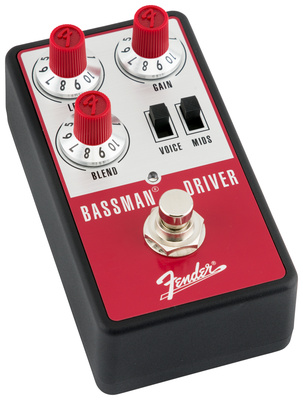

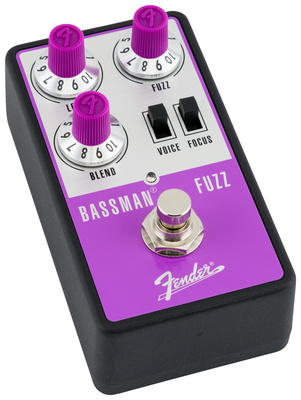

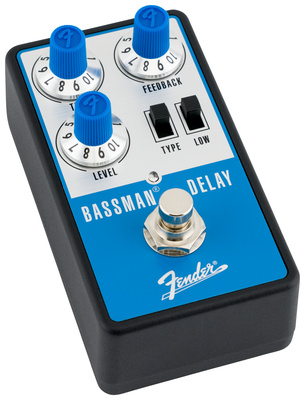

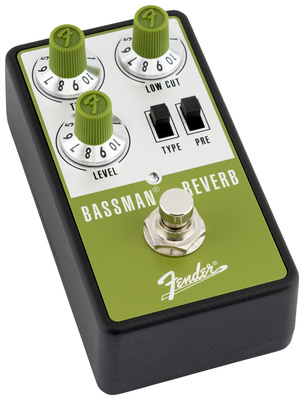
More Information
This post contains affiliate links and/or widgets. When you buy a product via our affiliate partner, we receive a small commission that helps support what we do. Don’t worry, you pay the same price. Thanks for your support!
 4,4 / 5,0 |
4,4 / 5,0 | 